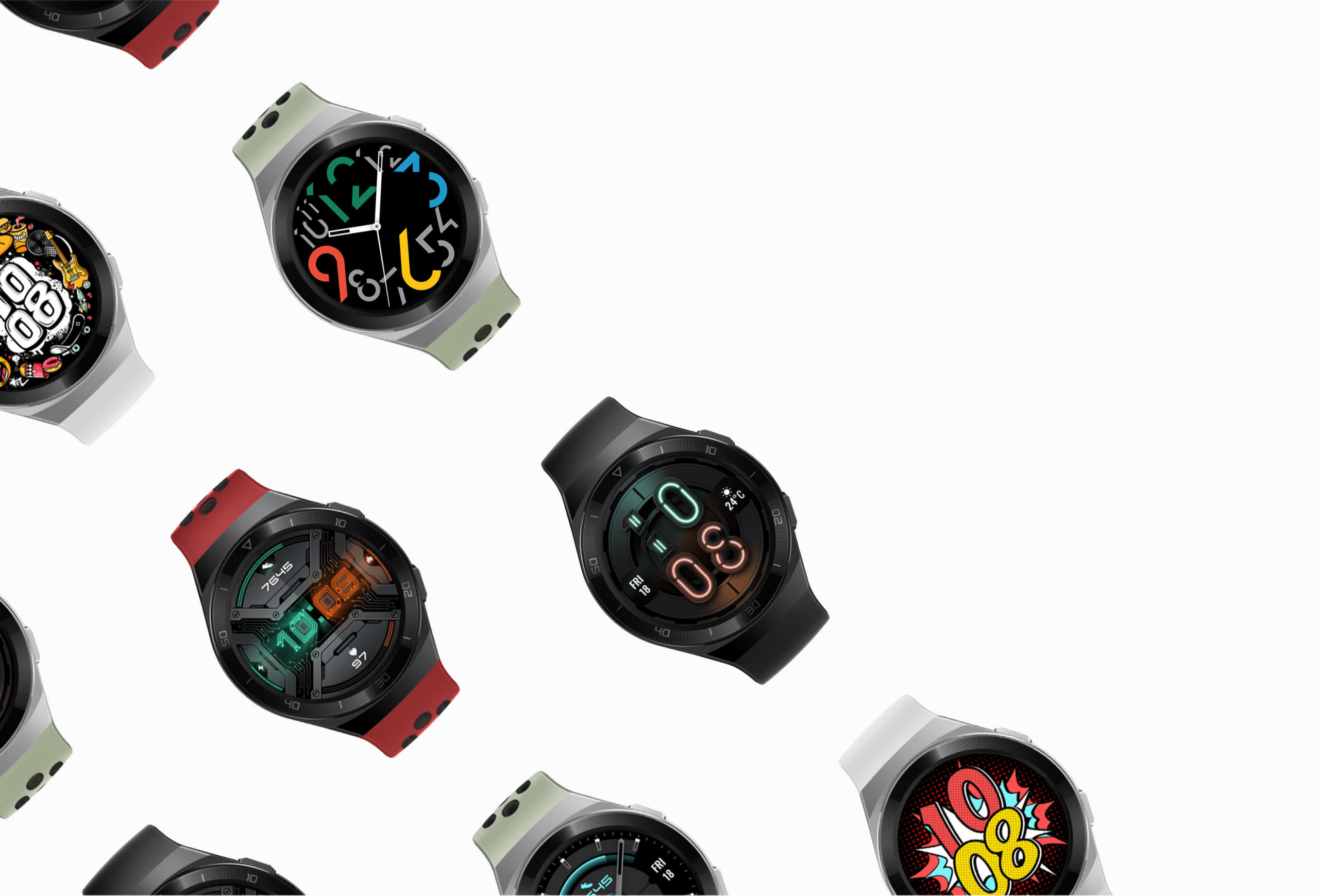Chinese tech powerhouse Huawei has grown to become the largest player in the global wrist-wearable space in terms of market share, said Richard Yu Chengdong, the CEO of the company’s Consumer Business Group, in a Weibo post on Thursday, in which he also announced the implementation of a brand-new health lab in Xi’an.
Huawei has been beefing up its smart-wearable portfolio, with the high-end Huawei Watch GT and the sportier Talkband Series, in its push in the field of sports and health. The electronic giant released seven smart wearables in 2020, including the smartwatch GT 2, GT 2 Pro, and the Huawei Watch Fit.
Staffed by researchers and developers from fields across the spectrum of sports and human sciences, the newly-established health lab in Xi’an includes areas for experimental smart-wearable product testing and sports health innovation development, according to a release by the company. All Huawei products will be officially launched after passing reliability and destructive tests. The firm plans to build another sports health laboratory in Songshan Lake, Dongguan.
“In the Huawei Health Lab, research equipment is not the only important element, but also researchers and their innovative research solutions,” said Rico Zhang, President of the company’s smart wearable and health product line. Huawei released an open platform for fitness data sharing and application development, dubbed HiHealth last August, in a bid to expand offerings in health-management features.
The efforts in the fitness space align with the company’s “1+8+N” strategy. While “1” refers to the smartphones, “8” includes PC, tablet, TV, audio, glasses, watches, automotive, and headphones. In addition, “N” aims at mobile offices, smart homes, sports and health, audio-visual entertainment, and smart-travel products.
Although Yu’s Weibo post didn’t disclose an exact figure about the shipments of Huawei’s wrist-wearable products, the latest report from research firm IDC revealed that Huawei shipped 13.7 million wearables—including hearables, bands, watches, and others—in the July-September quarter, with an annual growth of 87.2%. Huawei ranked third in the market with a share of 11%, following Apple and Xiaomi, but shows stronger growth than its competitors.
